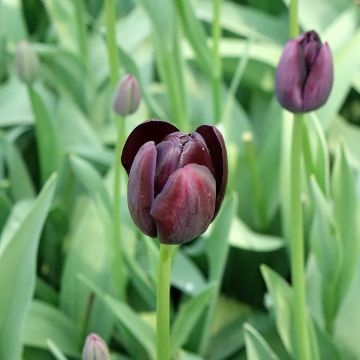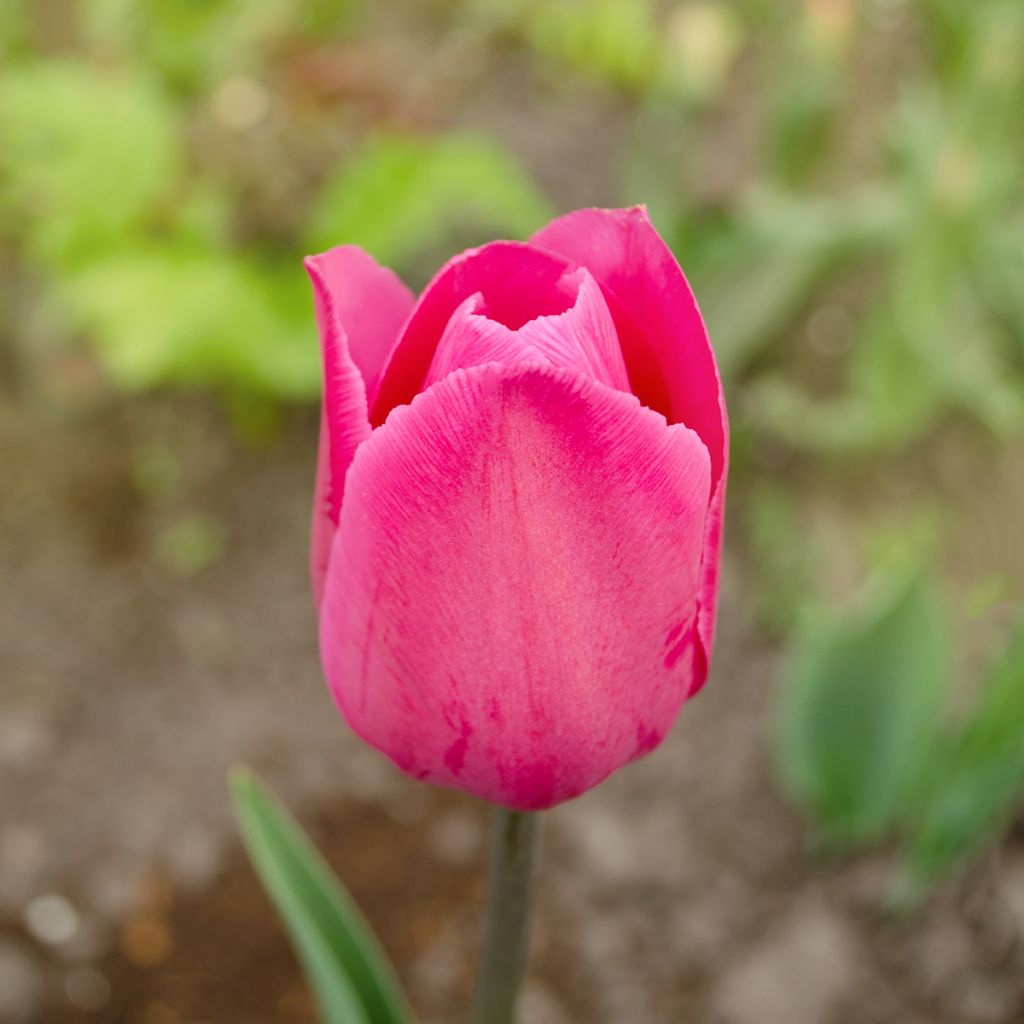

Tulipa Barcelona
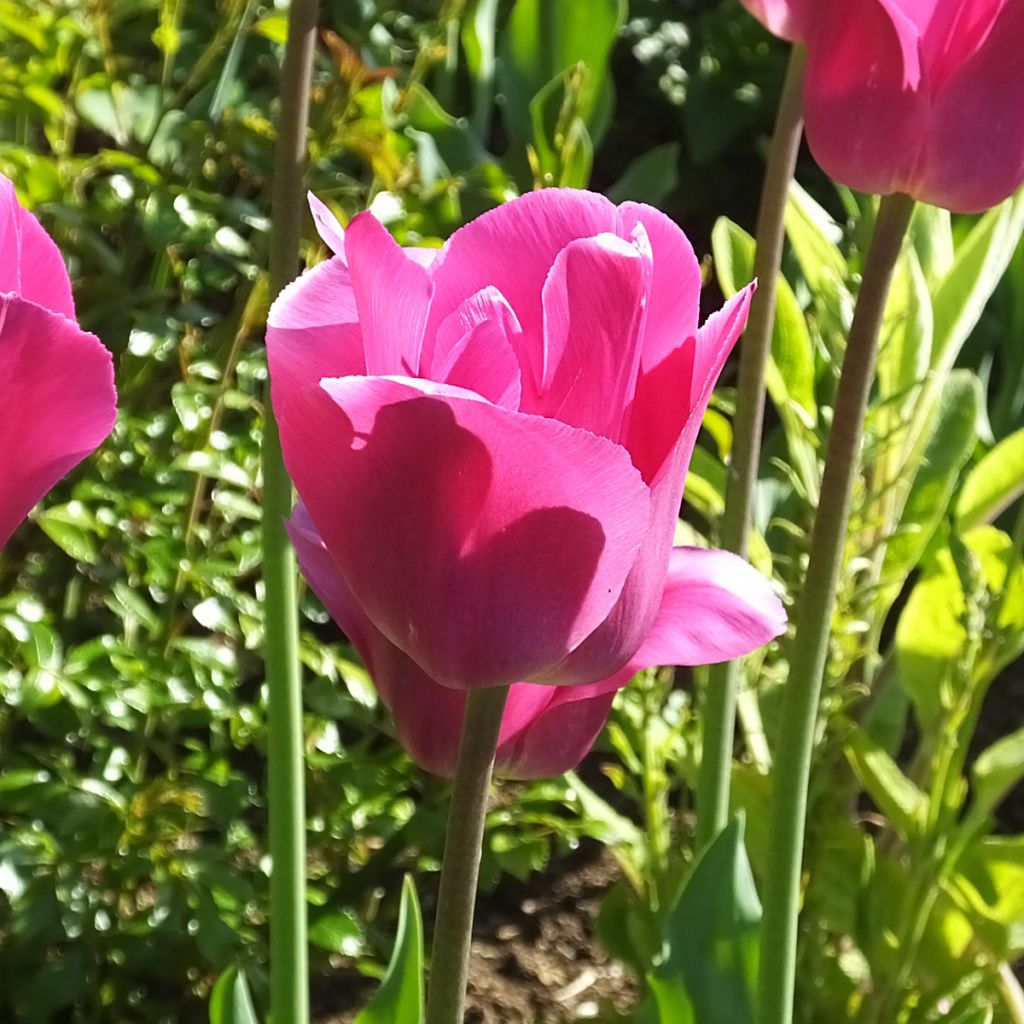

Tulipa Barcelona


Tulipa Barcelona
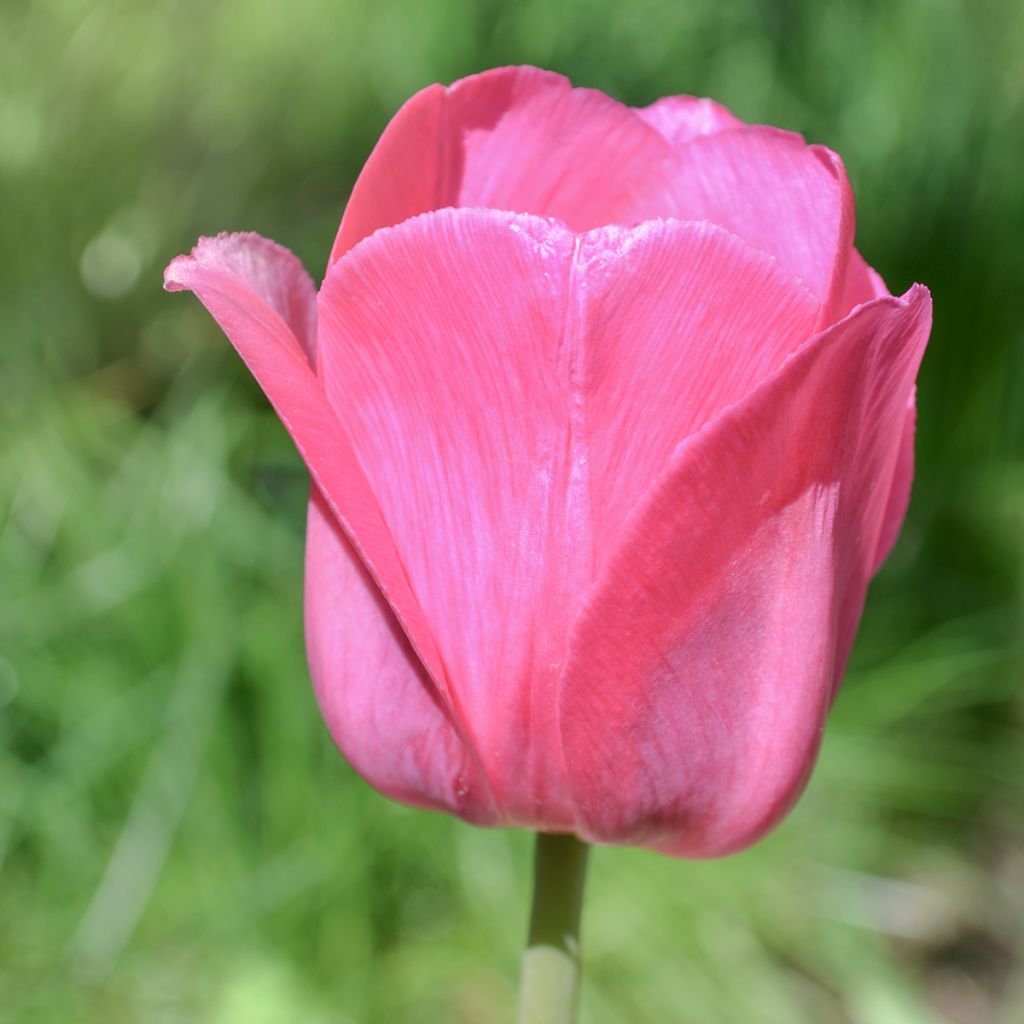

Tulipa Barcelona


Tulipa Barcelona
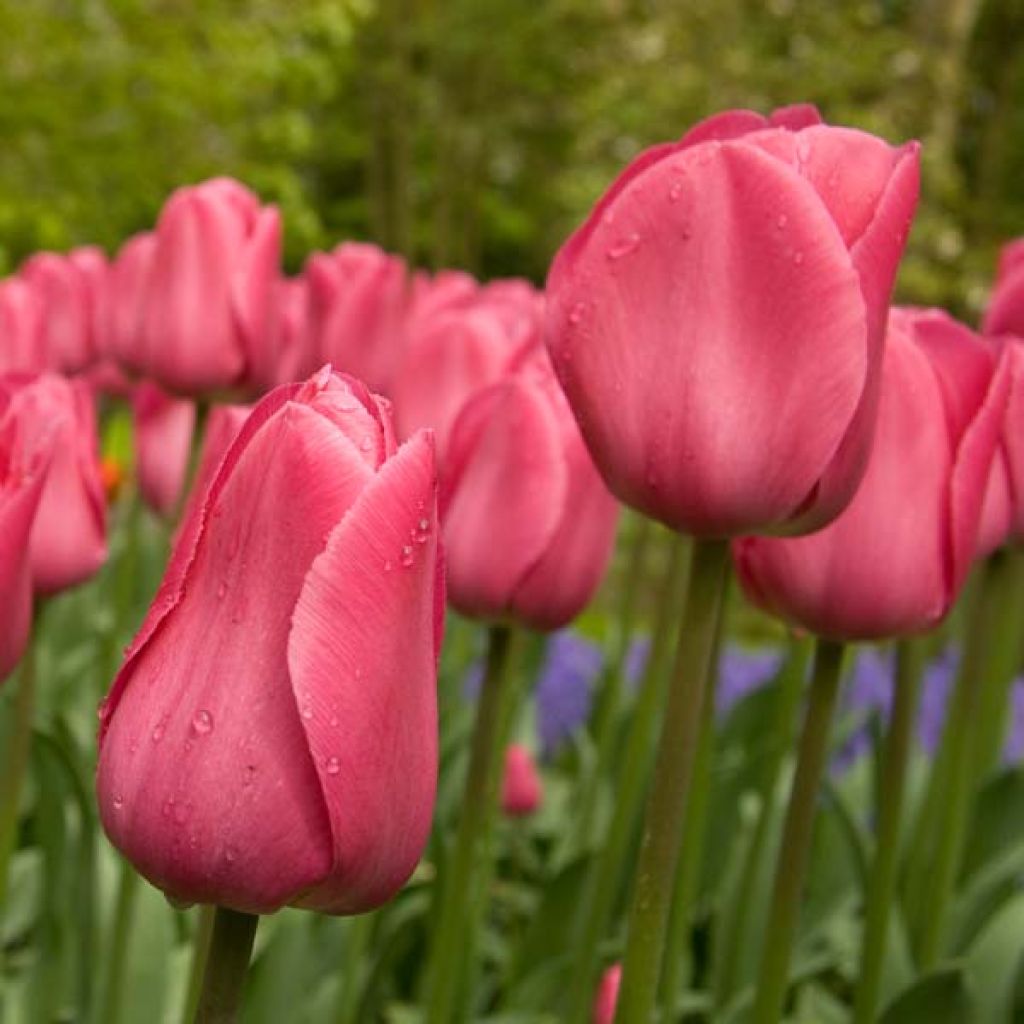

Tulipa Barcelona
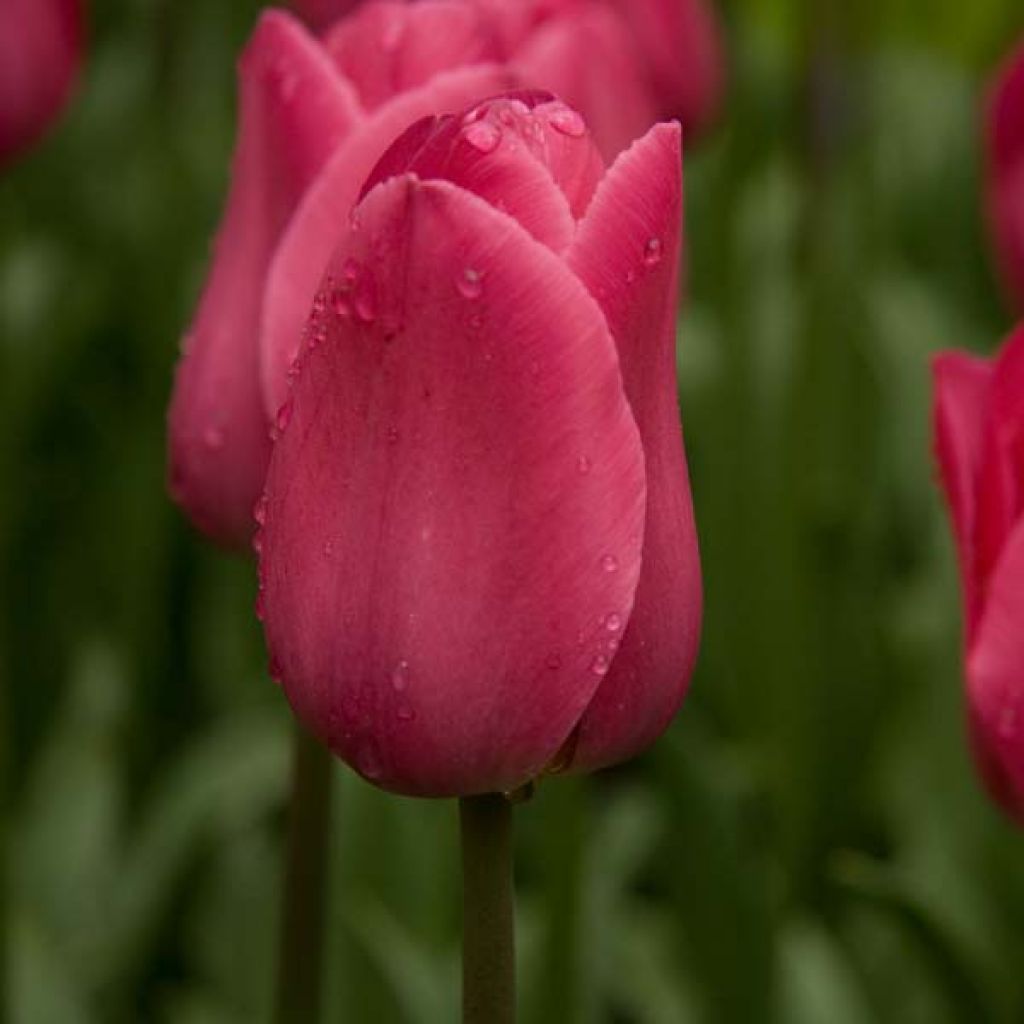

Tulipa Barcelona
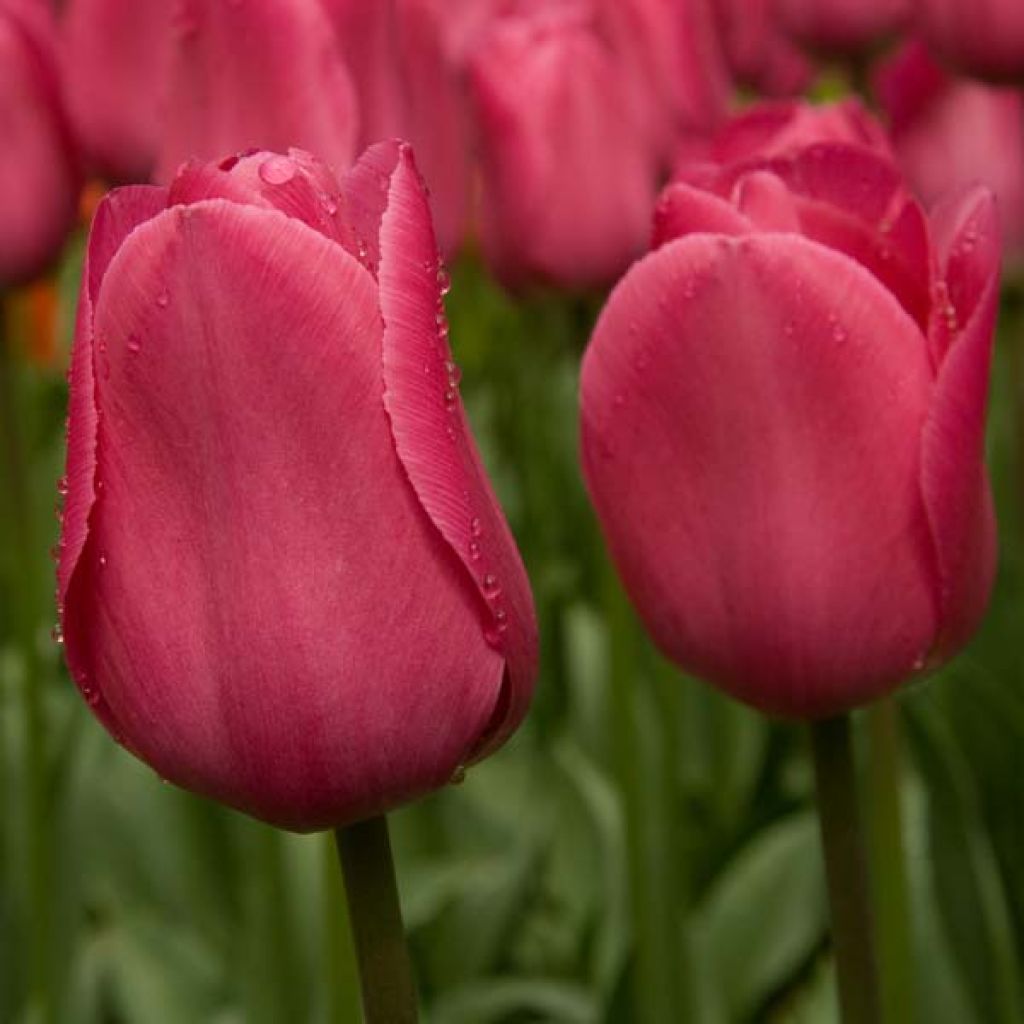

Tulipa Barcelona
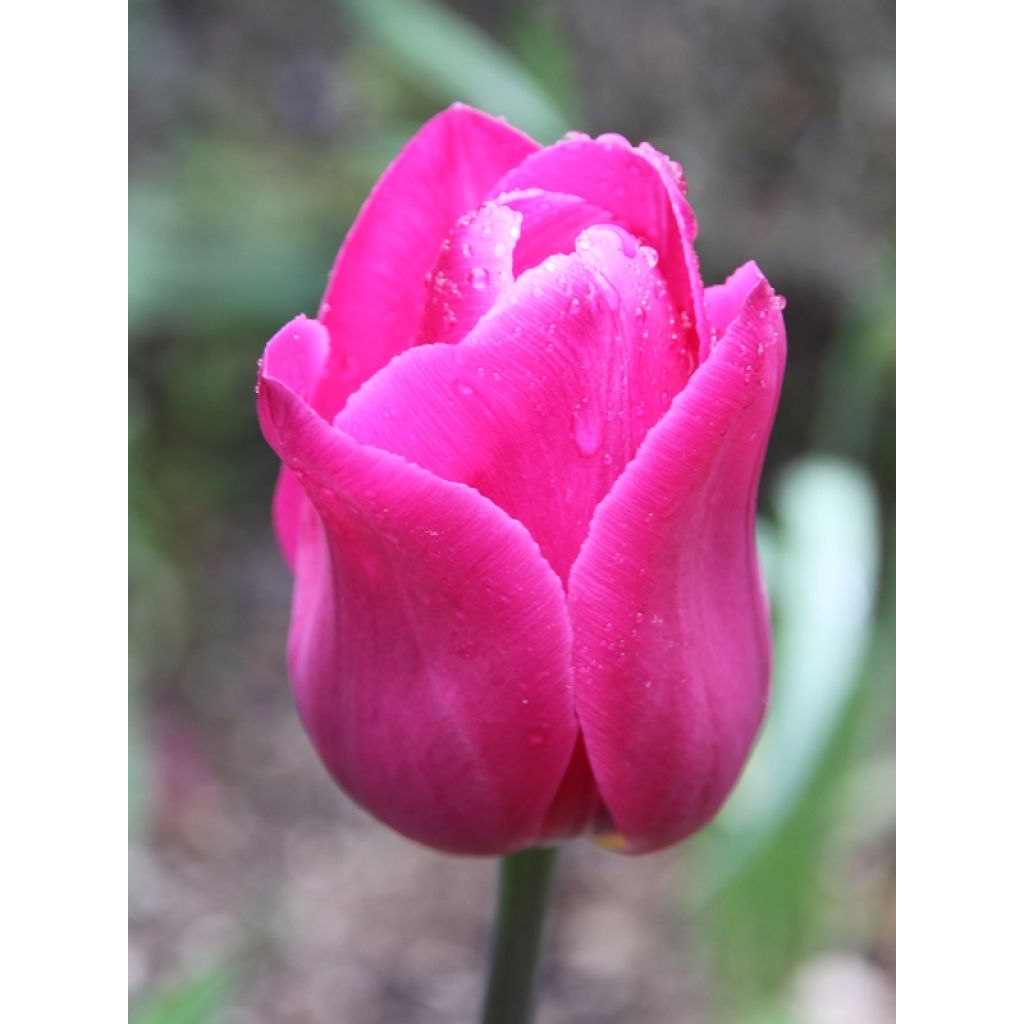

Tulipa Barcelona
Tulipa Barcelona
Tulipa Triumph Barcelona
Triumph Tulip
Received and planted immediately, I can't wait for spring! ????
Julie, 15/10/2025
Special offer!
Receive a €20 voucher for any order over €90 (excluding delivery costs, credit notes, and plastic-free options)!
1- Add your favorite plants to your cart.
2- Once you have reached €90, confirm your order (you can even choose the delivery date!).
3- As soon as your order is shipped, you will receive an email containing your voucher code, valid for 3 months (90 days).
Your voucher is unique and can only be used once, for any order with a minimum value of €20, excluding delivery costs.
Can be combined with other current offers, non-divisible and non-refundable.
Why not try an alternative variety in stock?
View all →This plant carries a 6 months recovery warranty
More information
We guarantee the quality of our plants for a full growing cycle, and will replace at our expense any plant that fails to recover under normal climatic and planting conditions.


Would this plant suit my garden?
Set up your Plantfit profile →
Description
Triumph tulip Barcelona is interesting for its very on-trend colour. This majestic tulip with a narrow corolla has dark salmon pink petals on top of thick and sturdy stems measuring 50 cm (20in) high above widely lanceolate green and deciduous leaves. It blooms in the middle of the tulip season, in April, at the heart of spring.
Triumph tulip Barcelona belongs to the Lily family. Originally from horticulture, it is currently classified in the group of 'Triumph' tulips, whose main characteristic is narrow cup-shaped flowers. They are the result of cross-breeding between early single tulips and Darwin tulips. Triumph tulips are famous for their range of colours and strong and resistant flowers, suitable for flower beds and bouquets. They are among the most widely planted varieties.
Tulips are unmatched for bringing the colours of spring to pots or sunny gardens. Remember to consider the height and flowering period when designing your flower beds, as these can vary significantly from one cultivar to another. It is a good idea to plant a few more bulbs for beautiful cut flowers that last a long time in a vase.
Tulip species are found in most of the Old World, from Western Europe to China and Japan, passing through Eastern Europe, Asia Minor, and Central Asia. Their distribution range also includes North Africa and the Indian subcontinent. The centre of diversity for the genus is the Pamir and Hindu Kush mountains and the steppes of Kazakhstan.
There are various wild species, many of which are endangered. These include large tulips that grow in cultivated fields, the most well-known being the Agen tulip (Tulipa agenensis), as well as small tulips found in wooded areas or among rocks in the mountains. In cultivation, these are called "botanical tulips," and one of the most common is the wild tulip (Tulipa sylvestris), which often used to grow in the shelter of grapevines and whose subspecies australis is known as the southern tulip.
Report an error about the product description
Tulipa Barcelona in pictures




Plant habit
Flowering
Foliage
Botanical data
Tulipa
Triumph
Barcelona
Liliaceae
Triumph Tulip
Cultivar or hybrid
Planting and care
Plant the bulbs in autumn, from September to December, 15 cm (6in) deep and 10 cm (4in) apart in ordinary, slightly acidic, neutral, or slightly alkaline, loose, well-worked, and well-draining soil. Never add poorly decomposed manure or compost to the planting soil, as this could cause the bulbs to rot. Triumph tulips will grow well in moist to dry soil, in a sunny or semi-shaded location. After flowering, their foliage becomes unsightly and faded, so we recommend planting Heuchera, Tiarella, Brunnera, Bleeding Heart or Euphorbia Cyparissia in the foreground of your beds. Their foliage will enhance the colours of your tulips and elegantly hide their yellowed leaves.
Planting period
Intended location
Care
-
, onOrder confirmed
Reply from on Promesse de fleurs
Haven't found what you were looking for?
Hardiness is the lowest winter temperature a plant can endure without suffering serious damage or even dying. However, hardiness is affected by location (a sheltered area, such as a patio), protection (winter cover) and soil type (hardiness is improved by well-drained soil).

Photo Sharing Terms & Conditions
In order to encourage gardeners to interact and share their experiences, Promesse de fleurs offers various media enabling content to be uploaded onto its Site - in particular via the ‘Photo sharing’ module.
The User agrees to refrain from:
- Posting any content that is illegal, prejudicial, insulting, racist, inciteful to hatred, revisionist, contrary to public decency, that infringes on privacy or on the privacy rights of third parties, in particular the publicity rights of persons and goods, intellectual property rights, or the right to privacy.
- Submitting content on behalf of a third party;
- Impersonate the identity of a third party and/or publish any personal information about a third party;
In general, the User undertakes to refrain from any unethical behaviour.
All Content (in particular text, comments, files, images, photos, videos, creative works, etc.), which may be subject to property or intellectual property rights, image or other private rights, shall remain the property of the User, subject to the limited rights granted by the terms of the licence granted by Promesse de fleurs as stated below. Users are at liberty to publish or not to publish such Content on the Site, notably via the ‘Photo Sharing’ facility, and accept that this Content shall be made public and freely accessible, notably on the Internet.
Users further acknowledge, undertake to have ,and guarantee that they hold all necessary rights and permissions to publish such material on the Site, in particular with regard to the legislation in force pertaining to any privacy, property, intellectual property, image, or contractual rights, or rights of any other nature. By publishing such Content on the Site, Users acknowledge accepting full liability as publishers of the Content within the meaning of the law, and grant Promesse de fleurs, free of charge, an inclusive, worldwide licence for the said Content for the entire duration of its publication, including all reproduction, representation, up/downloading, displaying, performing, transmission, and storage rights.
Users also grant permission for their name to be linked to the Content and accept that this link may not always be made available.
By engaging in posting material, Users consent to their Content becoming automatically accessible on the Internet, in particular on other sites and/or blogs and/or web pages of the Promesse de fleurs site, including in particular social pages and the Promesse de fleurs catalogue.
Users may secure the removal of entrusted content free of charge by issuing a simple request via our contact form.
The flowering period indicated on our website applies to countries and regions located in USDA zone 8 (France, the United Kingdom, Ireland, the Netherlands, etc.)
It will vary according to where you live:
- In zones 9 to 10 (Italy, Spain, Greece, etc.), flowering will occur about 2 to 4 weeks earlier.
- In zones 6 to 7 (Germany, Poland, Slovenia, and lower mountainous regions), flowering will be delayed by 2 to 3 weeks.
- In zone 5 (Central Europe, Scandinavia), blooming will be delayed by 3 to 5 weeks.
In temperate climates, pruning of spring-flowering shrubs (forsythia, spireas, etc.) should be done just after flowering.
Pruning of summer-flowering shrubs (Indian Lilac, Perovskia, etc.) can be done in winter or spring.
In cold regions as well as with frost-sensitive plants, avoid pruning too early when severe frosts may still occur.
The planting period indicated on our website applies to countries and regions located in USDA zone 8 (France, United Kingdom, Ireland, Netherlands).
It will vary according to where you live:
- In Mediterranean zones (Marseille, Madrid, Milan, etc.), autumn and winter are the best planting periods.
- In continental zones (Strasbourg, Munich, Vienna, etc.), delay planting by 2 to 3 weeks in spring and bring it forward by 2 to 4 weeks in autumn.
- In mountainous regions (the Alps, Pyrenees, Carpathians, etc.), it is best to plant in late spring (May-June) or late summer (August-September).
The harvesting period indicated on our website applies to countries and regions in USDA zone 8 (France, England, Ireland, the Netherlands).
In colder areas (Scandinavia, Poland, Austria...) fruit and vegetable harvests are likely to be delayed by 3-4 weeks.
In warmer areas (Italy, Spain, Greece, etc.), harvesting will probably take place earlier, depending on weather conditions.
The sowing periods indicated on our website apply to countries and regions within USDA Zone 8 (France, UK, Ireland, Netherlands).
In colder areas (Scandinavia, Poland, Austria...), delay any outdoor sowing by 3-4 weeks, or sow under glass.
In warmer climes (Italy, Spain, Greece, etc.), bring outdoor sowing forward by a few weeks.






























